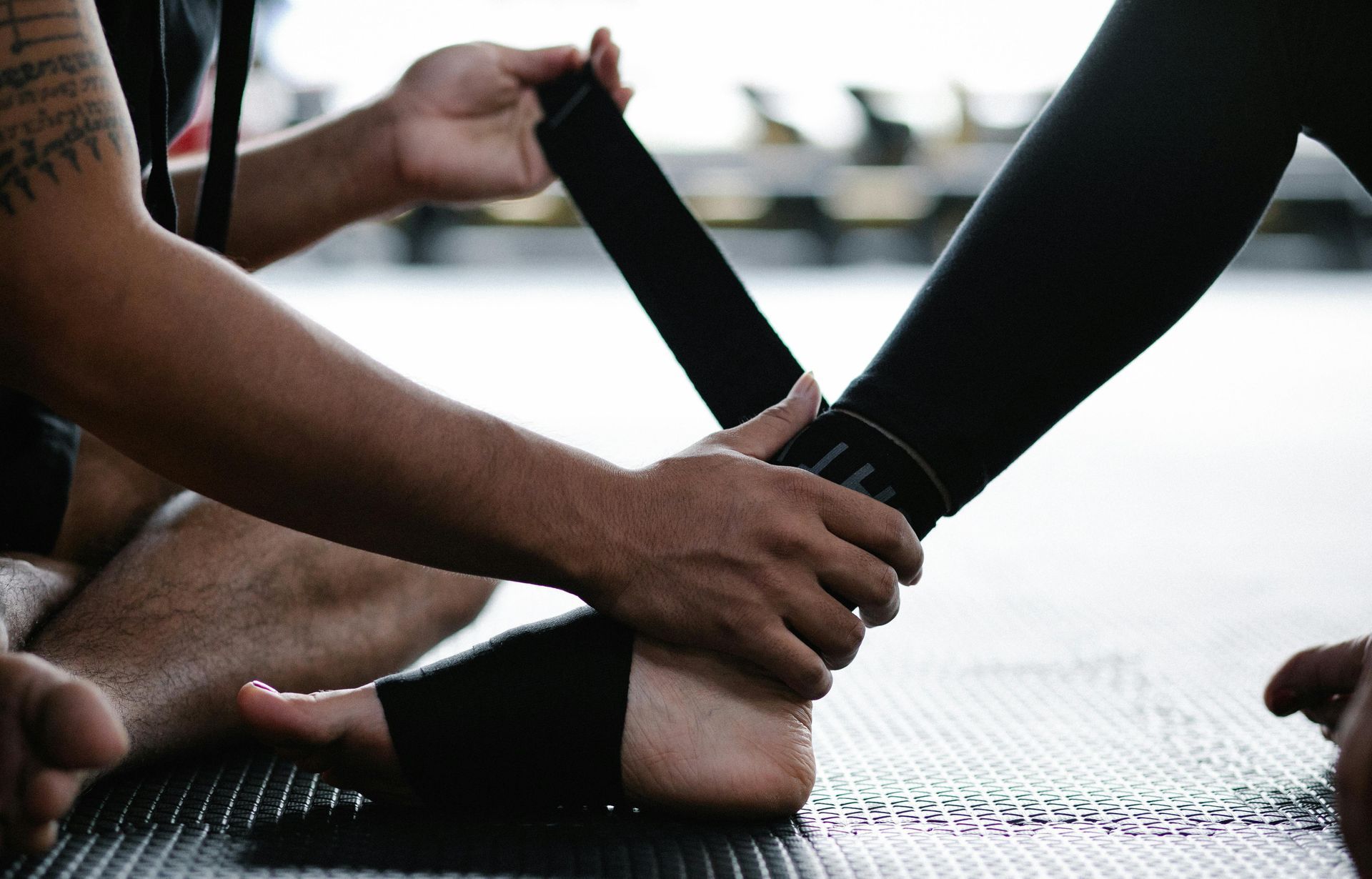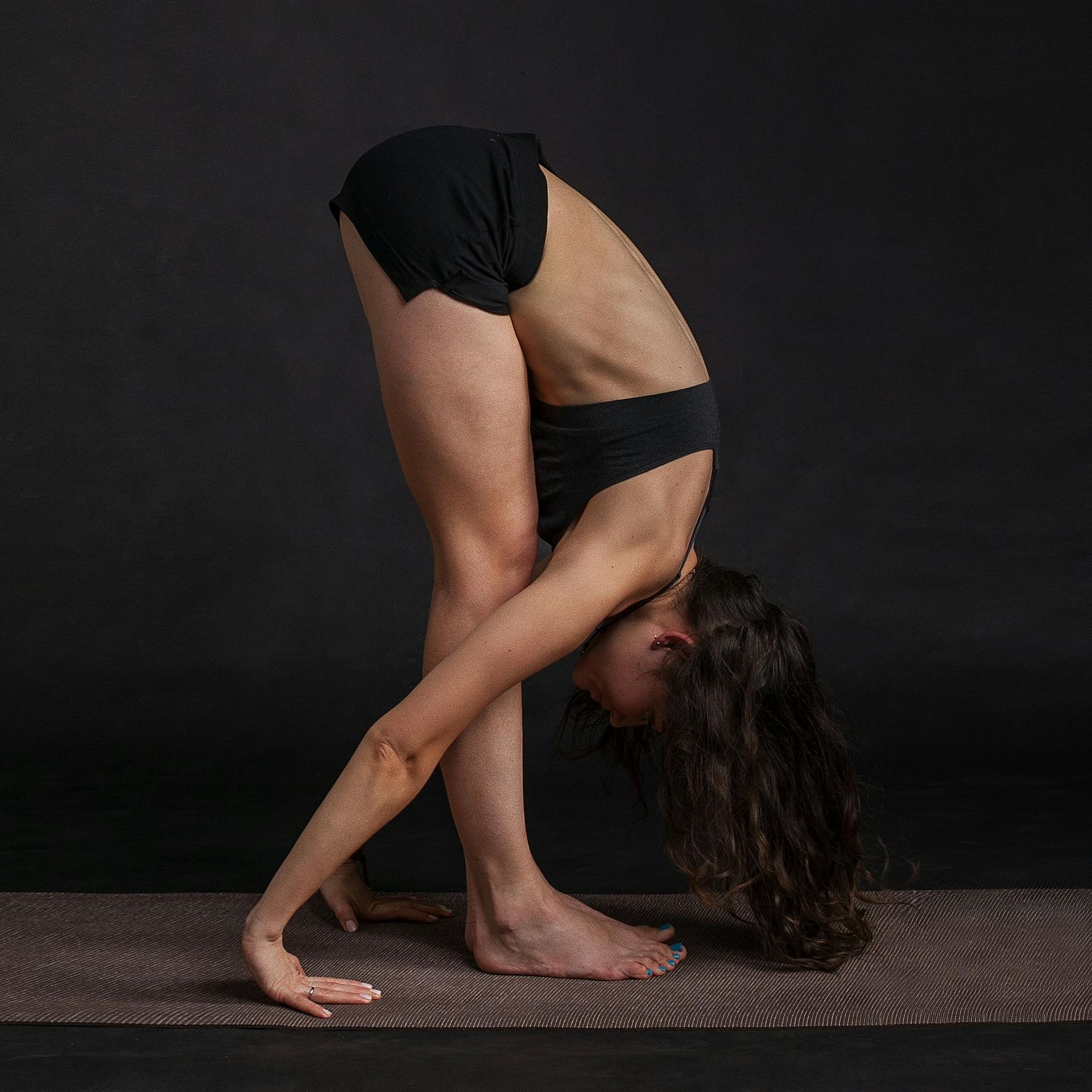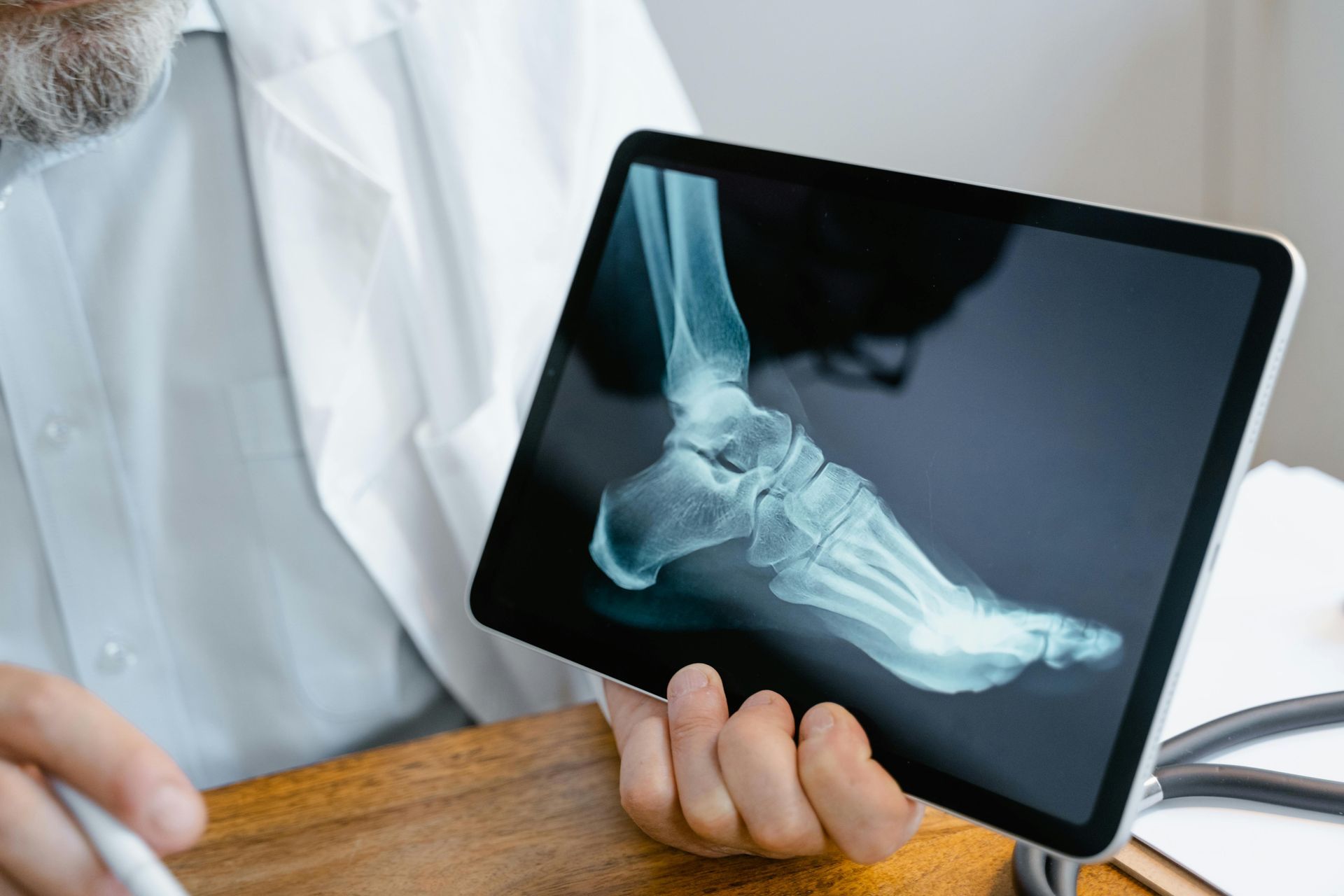Understanding Ankle Sprains Part 2: Why do I keep rolling my ankle?
Chronic Ankle Instability: Why do I keep rolling my ankle?

Unfortunately, it is very common for people to still experience pain months after they have injured their ankle, or to keep re-injuring it. Even when your pain has gone, the ankle still might not be completely healed, or you could have ongoing instability, poor strength, balance or proprioception that you are not aware of.
If you continue to roll your ankle, this is called
chronic ankle instability and almost 1 out of every 2 ankle sprains will develop this.
What are the causes?
1.
Ligaments - When the ligaments have been compromised (either stretched or torn) then you are most likely to re-injure your ankle as it is structurally not as stable.
2.
Muscle Weakness – after an ankle injury you can get changes to your calf and peroneal muscles which stabilise the ankle joint. If these are not rehabilitated correctly then you will be more likely to roll your ankle again.
3.
Poor Balance/Proprioception – Can you stand on one leg without falling over? Or walk over uneven ground without feeling unsteady? Regaining these elements of balance are often neglected after an ankle sprain.
4.
Power & Agility – Being able to run, jump and hop, even if these are things you don’t do very often are important for the ankle to be able to function normally. If you can’t do these with your injured ankle then you are more likely to roll your ankle again.
Will I need surgery?
In 89-90% of cases, physiotherapy will fix ankle sprains but in some cases, surgery is necessary to tighten the ligaments to restore full stability to the ankle joint.
Preventing Ankle Sprains
There are a number of things you can do to reduce the chance of injuring your ankle again.
1. Good Footwear: Supportive shoes are important both in sports and for daily wear to reduce the chance of an ankle sprain.
2. Ankle braces and taping; Your physiotherapist can show you the best way to strap your ankle or a suitable brace for your level of activity.
3. Targeted Exercises – Full range of movement, strength, balance and power are needed for ankle stability.
4.
Good Warm-up and Cool-down: Completing these routines around your sport or exercise will reduce the chance of you re-injuring your ankle.
If you keep rolling your ankle, or are still experiencing pain or swelling, then it is important that you book in for physiotherapy so we can identify what the issue is.
Refined Physiotherapy can help you now:
Book here.
Ardakani, M. K., Wikstrom, E. A., Minoonejad, H., Rajabi, R., & Sharifnezhad, A. (2019). Hop-stabilization training and landing biomechanics in athletes with chronic ankle instability: a randomized controlled trial. Journal of athletic training, 54(12), 1296-1303.
Biz, C., Nicoletti, P., Tomasin, M., Bragazzi, N. L., Di Rubbo, G., & Ruggieri, P. (2022). Is kinesio taping effective for sport performance and ankle function of athletes with chronic ankle instability (CAI)? A systematic review and meta-analysis. Medicina, 58(5), 620.
Cain, M. S., Ban, R. J., Chen, Y. P., Geil, M. D., Goerger, B. M., & Linens, S. W. (2020). Four-week ankle-rehabilitation programs in adolescent athletes with chronic ankle instability. Journal of athletic training, 55(8), 801-810.
Chang, S. H., Morris, B. L., Saengsin, J., Tourné, Y., Guillo, S., Guss, D., & DiGiovanni, C. W. (2021). Diagnosis and treatment of chronic lateral ankle instability: review of our biomechanical evidence. JAAOS-Journal of the American Academy of Orthopaedic Surgeons, 29(1), 3-16.
Dhillon, M. S., Patel, S., & Baburaj, V. (2023). Ankle sprain and chronic lateral ankle instability: Optimizing conservative treatment. Foot and Ankle Clinics, 28(2), 297-307.
Rowe, P. L., Bryant, A. L., Egerton, T., & Paterson, K. L. (2023). External Ankle Support and Ankle Biomechanics in Chronic Ankle Instability: Systematic Review and Meta-Analysis. Journal of Athletic Training, 58(7-8), 635-647.







